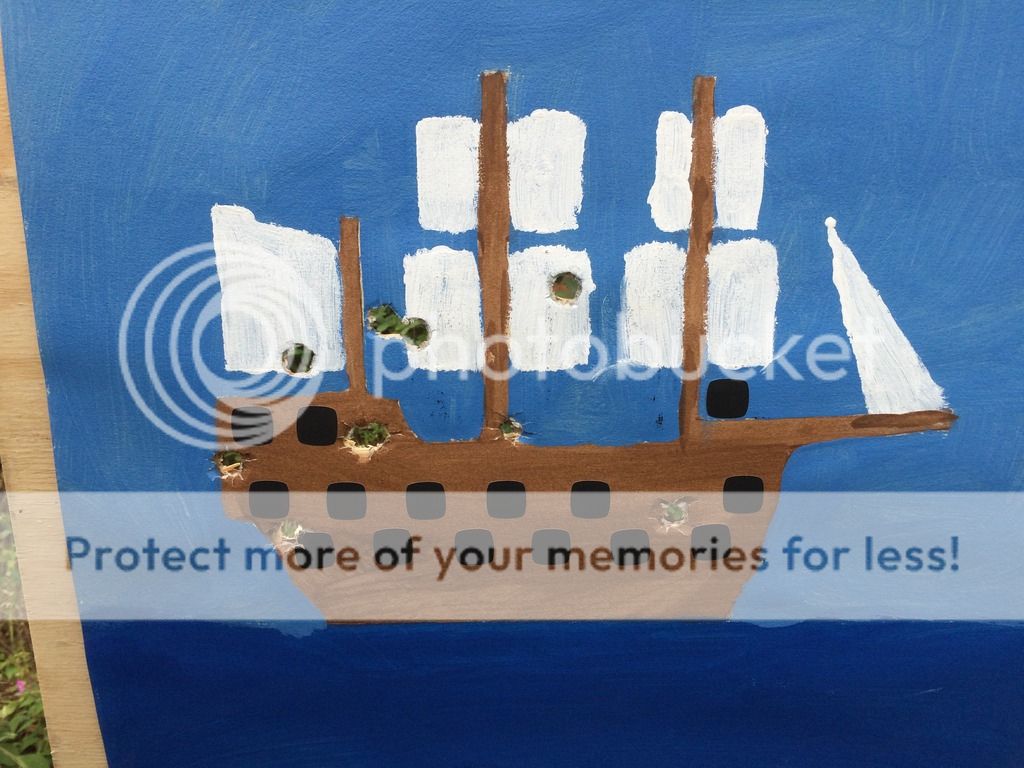Hi
I have a question regarding the humble round ball. I was talking to a fellow shooter at a recent competition and he mentioned that he rolls his cast balls between 2 steel plates to try and eliminate as much of the sprue as possible. A flintlock shooter who overheard the conversation stated that he rolled his between 2 pieces of fine steel gauze. This roughened the surface somewhat but he was convinced it made a difference to the accuracy of his gun? He explained that it followed the same principle as a golf ball. My question is: Does anyone else do this and if so, do you notice any difference in accuracy in particular?
I have a question regarding the humble round ball. I was talking to a fellow shooter at a recent competition and he mentioned that he rolls his cast balls between 2 steel plates to try and eliminate as much of the sprue as possible. A flintlock shooter who overheard the conversation stated that he rolled his between 2 pieces of fine steel gauze. This roughened the surface somewhat but he was convinced it made a difference to the accuracy of his gun? He explained that it followed the same principle as a golf ball. My question is: Does anyone else do this and if so, do you notice any difference in accuracy in particular?






